a beautiful family adventure !
a beautiful family adventure !
a beautiful family adventure !
 hrough this page, I will introduce you to the world of wine that I have been discovering since I took over the family properties.
hrough this page, I will introduce you to the world of wine that I have been discovering since I took over the family properties.I recount the story of my family: our Corrèze origins, the four generations who have built a rich heritage that I cultivate today together with my husband Cyril Basteau.
I also relate our beginnings in viticulture and how we make wines: our questions, our biases, our state of mind, but also the importance of know-how and intuition during the harvest or the blending.
Finally, I will share with you some anecdotes, encounters and highlights that have marked our career and that make up the richness of this profession.
Claire Moueix
I recount the story of my family: our Corrèze origins, the four generations who have built a rich heritage that I cultivate today together with my husband Cyril Basteau. I also relate our beginnings in viticulture and how we make wines: our questions, our biases, our state of mind, but also the importance of know-how and intuition during the harvest or the blending. Finally, I will share with you some anecdotes, encounters and highlights that have marked our career and that make up the richness of this profession.
Claire Moueix
CULTIVATING
OUR HERITAGE
1905 – 2013
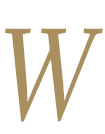 hen I tell the story of my family and talk about the properties, I am often told that I am very lucky. It’s true, it’s a great opportunity to run them and shape their wine. But taking up the torch is also the commitment of a lifetime and a strong responsibility towards the generations that have passed it on. Moreover, the keystone of my heritage is not material; it is above all a state of mind.
hen I tell the story of my family and talk about the properties, I am often told that I am very lucky. It’s true, it’s a great opportunity to run them and shape their wine. But taking up the torch is also the commitment of a lifetime and a strong responsibility towards the generations that have passed it on. Moreover, the keystone of my heritage is not material; it is above all a state of mind.A correzian pioneer

At the beginning of the 20th century, the whole Moueix family lived in Corrèze. They are farmer-breeders from father to son and live very simply.
During his military service in Libourne, Antoine, my great-great-grandfather, discovered the Bordeaux vineyards and sensed their potential. Courageous and full of daring, he decided to leave his family and plotted fate to start a wine business.
With only his wealth, his energy and his common sense, he started by selling Bordeaux wines door-to-door in the north of France. His business worked so well that in 1905 he created his own wine merchant company: Antoine Moueix & Fils. Once settled, he decided to become a winegrower. In 1923 he chose Château Taillefer for his first acquisition. This was the beginning of a beautiful family adventure.
The successors
His son, Jean-Marie, his grandson, Marcel, and then his great-grandson, Bernard, continue to develop the trading house and enrich the family wine heritage. In the 1960s, my family owned up to 120 hectares of vines in Pomerol and Saint-Emilion. They pass the baton, sometimes with abnegation, each in his own time with his share of successes and difficulties. They all made their contribution and passed on a heritage to their children. This is how my brother and I inherited two wine estates:
Château Taillefer in Pomerol and Château Tauzinat l’Hermitage in Saint-Emilion.
My family heritage is multifaceted. They are wine estates, but also a name, a history, a know-how, and above all, the spirit of success and the love of good wine. By taking over from my parents, I realise how much this heritage transforms me and runs through me: to accept it is to invest it, to maintain it materially, to make it live socially and to pass it on to the next generations.
the challenge and the commitment of a lifetime. »
CLAIRE MOUEIX
« My heritage is both an opportunity and a burden, the challenge and the commitment of a lifetime. »
CLAIRE MOUEIX
A fresh eye
To be the 5th generation to perpetuate the family tradition, to become a company manager and to produce two great wines on two beautiful Bordeaux terroirs, what a great challenge !
Before starting out in wine-growing business, I had been a project manager for several years at Bouygues Telecom company in Paris. Enriched by this experience, I accepted to take up this exciting challenge. My professional reconversion began with a Master’s degree in vineyard management, followed by two internships: the first at Pétrus where I learned to love the winegrower profession; the second in Cheval Blanc where I met Cyril Basteau, a young and dynamic agricultural engineer and oenologist.
In January 2013, my parents entrusted me with the properties. Only then, I established my own vision of the wines, my work philosophy and my team. Immediately, I called Cyril and invited him to join me as technical manager. We shared the same curiosity and the desire to make great wines and start a beautiful friendship. Now it’s up to us !
Working together, going through the tough days of work, the hard times and the crazy laughs strengthened our relationship. In fact, it worked so well that today we form a beautiful duo on the estates and in life too !

An encounter

Every day, on the properties, I can see the work of the previous generations. The winery was built by my great-great-grandfather and then improved little by little. The plots of vines have been maintained and replanted by successive generations. Nowadays, Cyril and I continue this work and we are currently replanting two hectares in Pomerol. But it was during a tasting session that a special connection with the past was created. When we first started working on the properties, Denis Hervier, a journalist and lover of old wines, suggested to do a vertical tastingA vertical is a tasting of the same wine in different vintages in order to appreciate its evolution.
of Château Taillefer.
Until then, we had never dared to open such precious bottles, and we had no idea what we were about to discover… We have selected a nice vintage per decade and there, what a nice surprise! There is life! The wine has an old-fashioned freshness, it tells a story, the one of its terroir and its vintage; but also the one of my family: « the 1961 vintage was made by my great-grandfather, the 1975 by my grandfather and the 1982 by my father… »
BECOMING
A WINEGROWER
2013 – 2015
BECOMING
A WINEGROWER
2013 – 2015
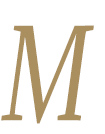 y first steps in viticulture were taken as a wine worker. I was given « easy » tasks such as dressing the bottles or doing the cultivation.The cultivation methods are the work carried out by hand in the vineyards: pruning, destemming, debudding, leaf thinning, green harvesting. Tasks that appear to be so « simple » are not explained neither in school nor in the field. Yet I was faced with a multitude of disappointments and questions, because believe me, sticking a label perfectly straight on a bottle is not that easy! Then, I understood that I will have to be humble and patient to deal with the smallest details that mark out this job. Being a winegrower is not something that can be improvised !
y first steps in viticulture were taken as a wine worker. I was given « easy » tasks such as dressing the bottles or doing the cultivation.The cultivation methods are the work carried out by hand in the vineyards: pruning, destemming, debudding, leaf thinning, green harvesting. Tasks that appear to be so « simple » are not explained neither in school nor in the field. Yet I was faced with a multitude of disappointments and questions, because believe me, sticking a label perfectly straight on a bottle is not that easy! Then, I understood that I will have to be humble and patient to deal with the smallest details that mark out this job. Being a winegrower is not something that can be improvised !First of all, observe and listen

During our first vintages (2013-2015), Cyril and I started by observing the vines, studying techniques and tools, listening carefully to the elders. With the enthusiasm and the curiosity of a beginner, we wanted to unravel the mystery of a well-kept secret: « What is a great wine ? »
Quickly, we realized the importance of the know-how, certainly the true wealth of a winemaker. Let’s take the example of fining the wine. This traditional operation, known since the Roman times, is used to stabilise and refine the wine. Cyril will tell you that on the benches of the faculty of oenology, students learn by heart the list of finings and their formula, nothing could be simpler in theory! In practice, it’s another story …
If you ask a winemaker for his recommendations, he will tell you: up to 8 egg-whites per barrel in the Médoc, maximum 3 in Libourne, geeks will tell you that other glues give very good results while others prefer not to use them… In short, there are as many styles as there are interlocutors: « What kind of glue to use ? What is the dose ? By what method will we do it ? What are the tools to use ? » are the first questions in a long list. And when you realise, a year later, that the wine of the following vintage is different enough so that the modalities of each operation are changed, you can argue that there is no recipe!

Then, get into the game
Gradually, we have taken over all the activities of the company (the vineyard, the winery but also the administration, marketing and business parts). Understanding and mastering every detail became our obsession and to do so, there are no secrets: « Practice makes perfect ». In the vineyard, we do all the work, from pruning to harvest, to mastering the gesture of the winegrower. In the cellar, we take over the premises: from vinification to bottling, we make the wine.
Very quickly, we were confronted with a myriad of problems: from equipment breakdown to climatic accidents, or simply because of our mistakes.
One of my hauntings lies in a simple and regular operation: the topping up. Indeed, the wine from our estates is matured for a year in 300 barrels, that we have to keep full to avoid oxidation or even acetic biteAcetic bite is a wine’s disease due to microbial deviations. In the presence of oxygen, acetic bacteria multiply and transform alcohol into acetic acid, the main component of vinegar.
. But let’s imagine that a dizzy person forgets to close one of them and that the wine turns sour… it’s the equivalent of 300 bottles and a barrel bought 800 € that are lost ! What to do when you notice the problem ? Close the barrel discreetly and without saying anything, or take your courage in both hands. Unfortunately, there is no miracle solution to remedy our mistakes, no matter how small they are.
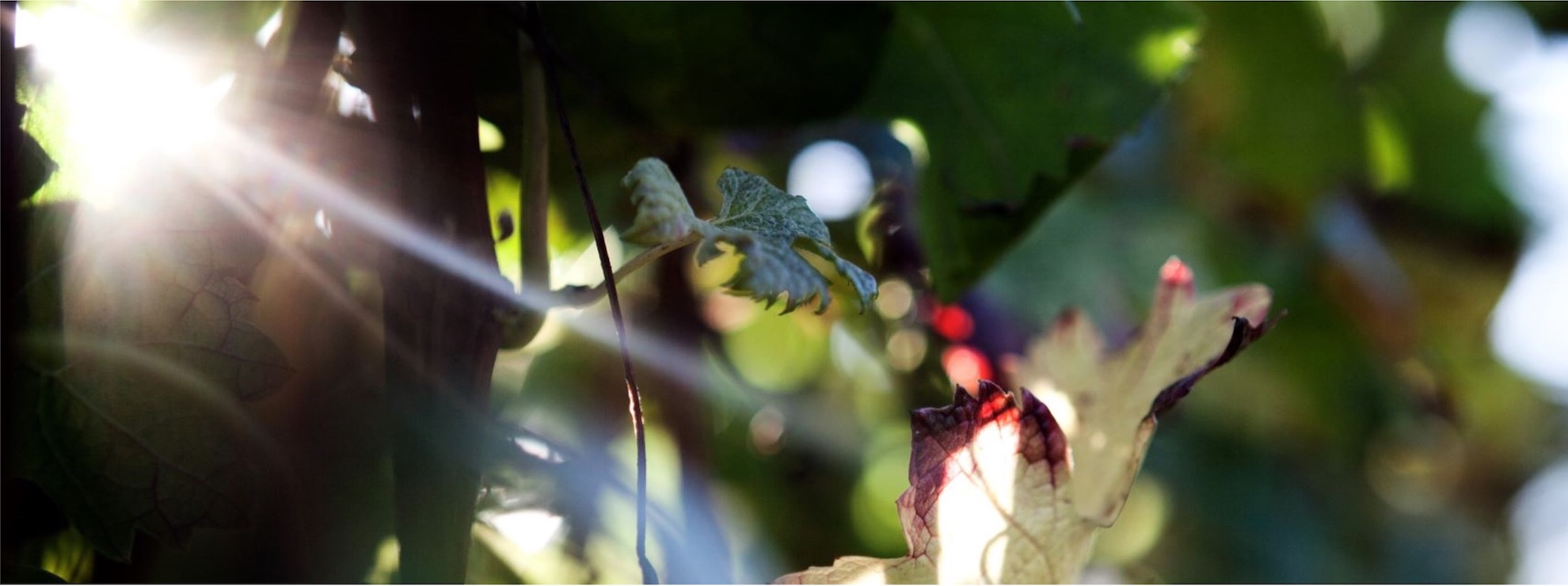
And accept that you can’t have the control over everything
The aspects that have long been difficult for me to accept, in the winemaker’s profession, are the weather and the time, both impose themselves on us. Our daily life is punctuated by the weather, the growth of the vines and the evolution of the wines.
In the vineyard, we are not masters of the calendar. We only have a short period of time to carry out each operation, especially when we have to slalom between the spring showers. To keep pace, there is only one solution: do the right thing, with the right tool and at the right time, not so simple!
Surprisingly in the cellar, the weather has its influence too and time takes another dimension: making a great wine takes time. Let’s take back the case of fining. Once injected into the wine, the glue settles by gravity and carries the unstabilised particles to the bottom of the vat. This natural operation takes a month, at the end of which we can rackRacking consists in separating the wine from its lees (fermentation residues, precipitated tartar, glue). After decanting, the clear wine is transferred to another container (barrels, vats) while the lees that have settled to the bottom are removed. When the atmospheric pressure is low, the weather is disturbed and some of the lees become suspended again, the racking of the wine is then inefficient.
the wine. But if the weather is disturbed, we have to wait, sometimes several weeks and the good weather returns to carry out this operation…
 ach vintage is for us a challenge and an opportunity to deepen our know-how. At once technical, empirical and intuitive, we cultivate it in the field, to the rhythm of the vine and the wine. Our know-how is in perpetual evolution; it is neither a recipe nor a sesame, but rather a combination of technical mastery and common sense that guides us year after year to give each of our wines its finest interpretation. From pruning to bottling, 3 years are necessary to elaborate the wine of the Châteaux Taillefer and Tauzinat l’Hermitage. In the milieu, we hear that it takes ten years to master a terroir and a wine; our learning has just begun!
ach vintage is for us a challenge and an opportunity to deepen our know-how. At once technical, empirical and intuitive, we cultivate it in the field, to the rhythm of the vine and the wine. Our know-how is in perpetual evolution; it is neither a recipe nor a sesame, but rather a combination of technical mastery and common sense that guides us year after year to give each of our wines its finest interpretation. From pruning to bottling, 3 years are necessary to elaborate the wine of the Châteaux Taillefer and Tauzinat l’Hermitage. In the milieu, we hear that it takes ten years to master a terroir and a wine; our learning has just begun!MAKE « OUR » WINE
2015 – Today
 hat is terroir ? Wine lovers know that it includes the soil, the climate and the plant. The most knowledgeable will tell you that to all another factor is added: Man.
hat is terroir ? Wine lovers know that it includes the soil, the climate and the plant. The most knowledgeable will tell you that to all another factor is added: Man.
As a major player, he works the soil, plants selected essences, reshapes the landscape and vinifies the grapes according to a very particular method. Although the rules of the game are set out in the AOPAOP (Appellation d’Origine Protégée) : the Protected Designation of Origin (PDO) is an official sign of quality that identifies a vine cultivated and a wine produced on a defined territory. It prescribes production methods common to all PDO producers.
specifications, wines produced on the same site can have very different styles because they also reflect the men who shape them.
As a major player, he works the soil, plants selected essences, reshapes the landscape and vinifies the grapes according to a very particular method. Although the rules of the game are set out in the AOPAOP (Appellation d’Origine Protégée) : the Protected Designation of Origin (PDO) is an official sign of quality that identifies a vine cultivated and a wine produced on a defined territory. It prescribes production methods common to all PDO produc specifications, wines produced on the same site can have very different styles because they also reflect the men who shape them.
Do our best

For Cyril and I, making a wine is a bit like raising a child: we want it to express the best of its personality and the typicality of its origins. This is why the notion of « doing well » guides us in our daily work and we are committed to applying two principles.
First of all, to harvest ripe and healthy grapes. This first objective is not so simple to achieve because the vine is sensitive to many diseases.We’re talking about fungal diseases of the vine: mildew, powdery mildew and Botrytis. They are due to 3 fungi which, when they settle in the plots, cause yield losses or even a degradation of the quality of the wine. With dew and rain, they can develop on the grapes, spoiling them and forcing us to bring forward the date of harvest even though their maturity is not optimal. Our tactics to deal with this ? Prevention in each of our actions. The cultivation methods The cultivation methods are the work carried out by hand in the vineyards: pruning, destemming, debudding, leaf thinning, green harvesting.
favour the spreading out of the bunches, which dry out thanks to the wind and the sun. Working the soil prevents weeds, such as bindweed, from getting into the vines and putting moisture in. This attentive and meticulous care, taken throughout the year, allows us to let the grapes ripen serenely during the autumn !
Then, to protect the wine from two deviations, one linked to oxygen, the other to cellar hygiene.
Throughout the winemaking process, the supply of oxygen is necessary for the formation of its tannic structure. If too much oxygen is added, it leads to premature ageing and gives the wine a tile-like appearance as well as a faded aroma. Therefore, Cyril and I apply protective gestures at each manipulation to control this oxygen intake.
The preservation of the wine also requires an impeccable cellar and equipment. It’s true that cleaning a tank is tedious: it’s like washing a tartarised bathroom from floor to ceiling, but for us, it’s not an option. It would mean taking the risk that the wine would lose its aromatic clarity.
As you will have understood, the work of the vine and the wine does not offer any return or miracle cure, it is all about prevention. This red thread allows us to produce lively wines, with precise and brilliant aromas and a tenfold ageing potential!

Follow our intuitions
The famous date of the harvest, all the winegrowers talk about it, but what is so complicated ? The fruit is ripe and we pick it, right ?
In theory, a grape is ripe and ready to be harvested when it is at the optimum of 3 maturities: sugar, aromas and polyphenols.Polyphenols are molecules made by the vine from sugar. There are two main ones: anthocyanins, which are red pigments located in the skin and responsible for the colour of the wine, and tannins, which are located in the skin and the pips and which give the wine its structure. As they do not all arrive at the same time, the date of harvest directly influences the style of the wine: Harvested early, it is more aromatic; harvested late, its tannic structure is more robust. In practice, there are many analyses but they do not give any date, the best laboratory remains our palate !
During the month preceding the harvest, we regularly visit each plot to taste the berries: pulp, skin and seeds are carefully examined.
At each passage, the berries are sweeter, the aroma intensifies and goes from fresh fruit (citrus fruit, pomegranate) to blackberry (raspberry, blackcurrant, strawberry) then to overripe fruit (prune) before dying out. At the same time, the tannins become more and more expressive and go from astringent to grainy, chalky, sandy then fine and elegant.
When the aromas and tannins begin to reveal their potential, the harvest date must be blocked. With experience, we get to know each plot, its potential and its behaviour in the face of rain. We are also developing our taste memory, which is very useful to gain finesse in our forecasting. With an eye on the weather and the taste of the grapes, we are waiting for the tannins to round out and the aromas to intensify. We are waiting for the moment when each parcel will offer its best expression to pick its fruits.
CYRIL BASTEAU
« The best laboratory is our palate ! »
CYRIL BASTEAU
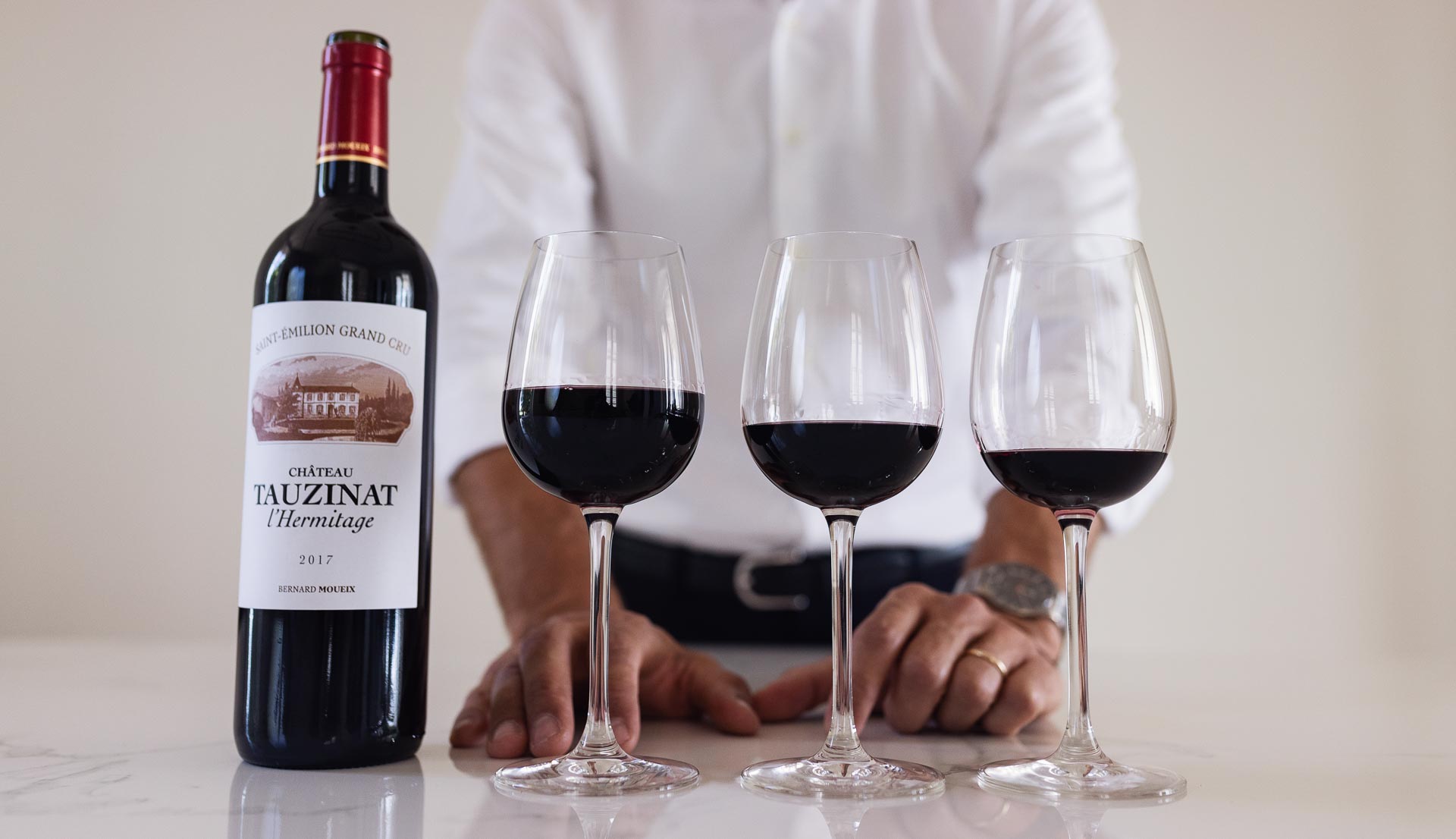
Find the balance
Blending is a key stage in the winemaking process: it is the moment when the batches from the different plots are combined to give life to the wine. This operation must be carried out with great precision so that it reveals its terroir, each vintage giving rise to a new blend. The Bordeaux region is particularly renowned for its blended wines, and it is from there that their extra soul comes…
This particularly complex operation requires a good knowledge of the estate and a real talent for tasting. Most of the estates call upon a consultant and since the 2015 vintage, we are lucky to work with Eric Boissenot. With simplicity and honesty, he guides us towards the essential: the balance of the wine. He doesn’t dictate neither his signature nor his style. The starting point ? the personality of the wine. For the blending of Château Taillefer 2015, we meticulously described its personality: « Château Taillefer is a Pomerol. A dense, complex and elegant wine for laying down (…) ».
But how are we going to transcribe these traits of character into the wine ? How do we blend the 14 plots of Merlot and Cabernet Franc to magnify this terroir?
Once the course has been set, the blending can begin. The heart of the wine is built with the most balanced free-run winesFree-run and press wines: the fermented grapes release their juice which is transformed into wine during fermentation. Once finished, the wine is separated from the marc (skins and pips). The wine that flows by gravity is called free-run wine. The pressing of the marc gives the press wine, richer in colour and tannins. It is then enhanced by the addition of softer, more acidic batches that bring delicacy, then by the press winesFree-run and press wines: the fermented grapes release their juice which is transformed into wine during fermentation. Once finished, the wine is separated from the marc (skins and pips). The wine that flows by gravity is called free-run wine. The pressing of the marc gives the press wine, richer in colour and tannins. for structure. With precision and speed of execution, Eric Boissenot sets out the figures: « 80% of the vat 11, 12% of the press… ». The wine is shaped, dressed and embellished by harmonious touches. Modify the blend by even 1% and the balance of the wine changes: it gains or loses muscle, character, charm…
Just as the sculptor creates a masterpiece from marble, the winemaker shapes the wine. Finding the balance where the wine reveals its most beautiful expression is our grail.
 he winegrower’s state of mind plays a primordial role in the elaboration of the wine. Our heart and our instinct boost our know-how and lead us to constantly perfect our art while respecting the personality of our wines. Our philosophy ? to preserve the character of the vineyard, to faithfully translate the terroir into the wine, to elaborate and mature it with simplicity and meticulousness. In short, to let the wine « be ». This is undoubtedly why they are distinguished by their personality: Château Taillefer is a wine for laying down, dense, complex and elegant, while Tauzinat l’Hermitage is a charming wine with a lovely aromatic complexity.
he winegrower’s state of mind plays a primordial role in the elaboration of the wine. Our heart and our instinct boost our know-how and lead us to constantly perfect our art while respecting the personality of our wines. Our philosophy ? to preserve the character of the vineyard, to faithfully translate the terroir into the wine, to elaborate and mature it with simplicity and meticulousness. In short, to let the wine « be ». This is undoubtedly why they are distinguished by their personality: Château Taillefer is a wine for laying down, dense, complex and elegant, while Tauzinat l’Hermitage is a charming wine with a lovely aromatic complexity.LIVE ON
What about tomorrow ?
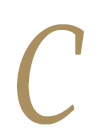 hâteau Taillefer exists for three centuries, a plot of vines is planted every fifty years, it takes three years to make a bottle of wine and it sometimes requires to wait twenty years for it to be drunk… How long will it take for our work to be noticeable ?
hâteau Taillefer exists for three centuries, a plot of vines is planted every fifty years, it takes three years to make a bottle of wine and it sometimes requires to wait twenty years for it to be drunk… How long will it take for our work to be noticeable ?When I took over the management of the properties, I wanted to shake things up, but I faced the inertia of the wine world. When I read « Le goût du vin » by Emile Peynaud, I understood a great lesson: a great wine, he explains, is a terroir, but also quality and consistency, notoriety and price. Time, ginned over years, is therefore a necessary component in the construction of a great wine.
When I took over the management of the properties, I wanted to shake things up, but I faced the inertia of the wine world. When I read « Le goût du vin » by Emile Peynaud, I understood a great lesson: a great wine, he explains, is a terroir, but also quality and consistency, notoriety and price. Time, ginned over years, is therefore a necessary component in the construction of a great wine.